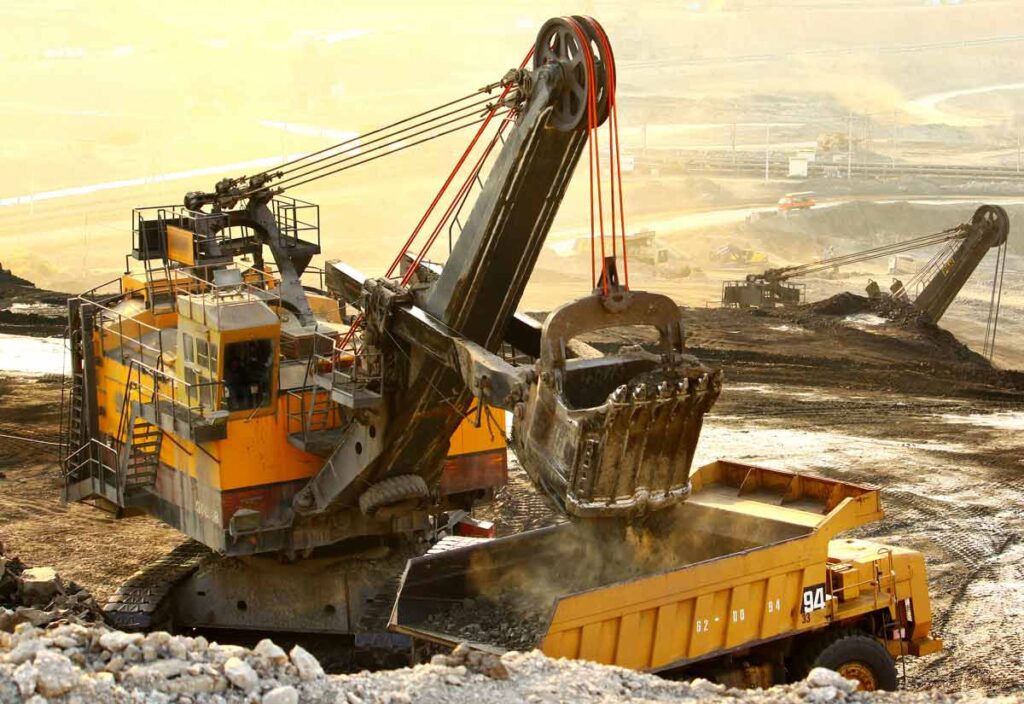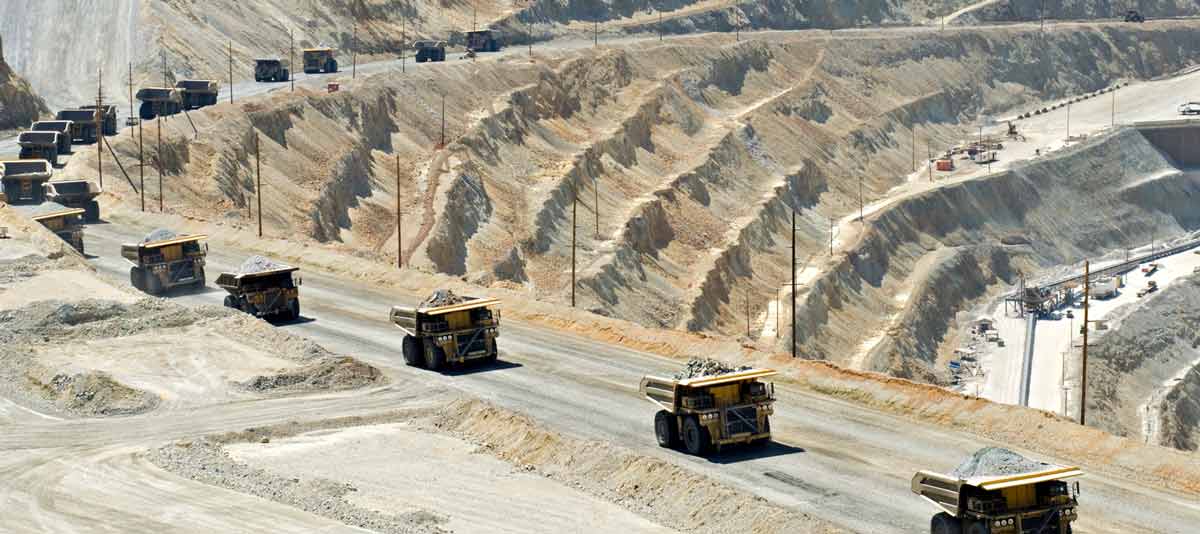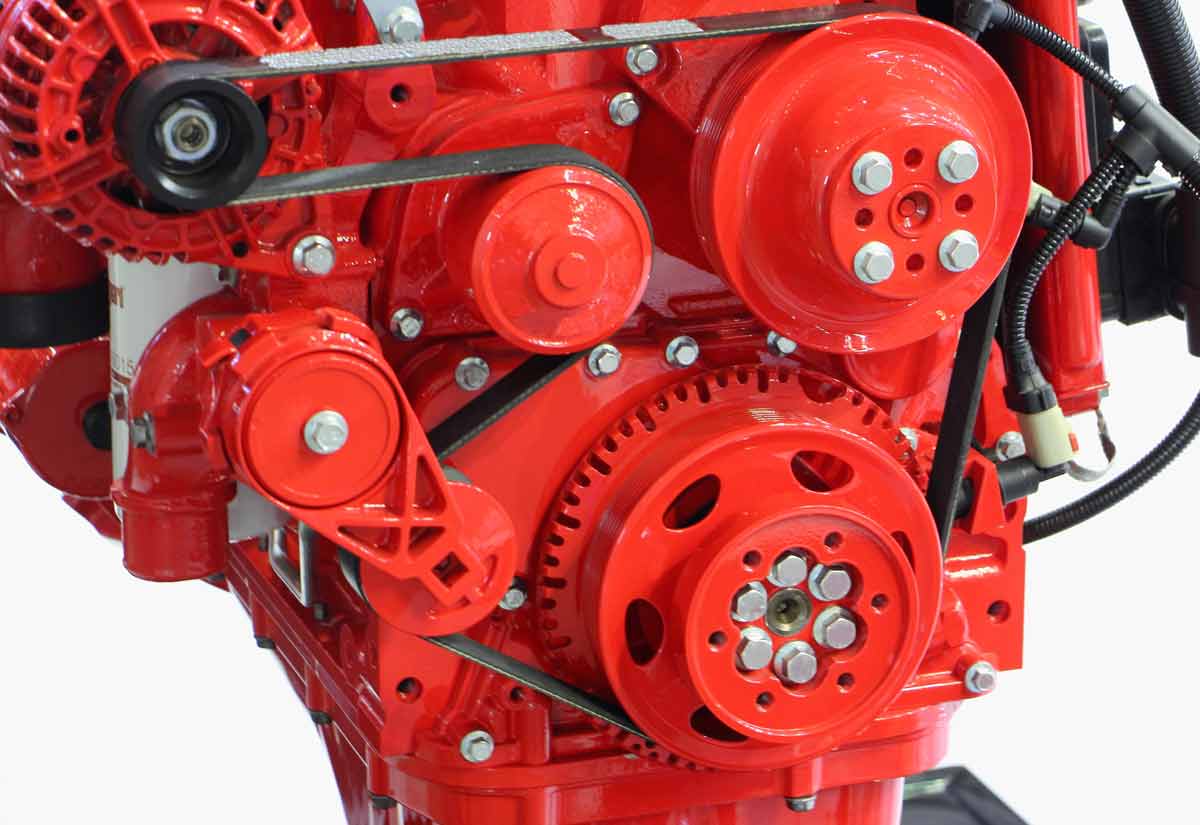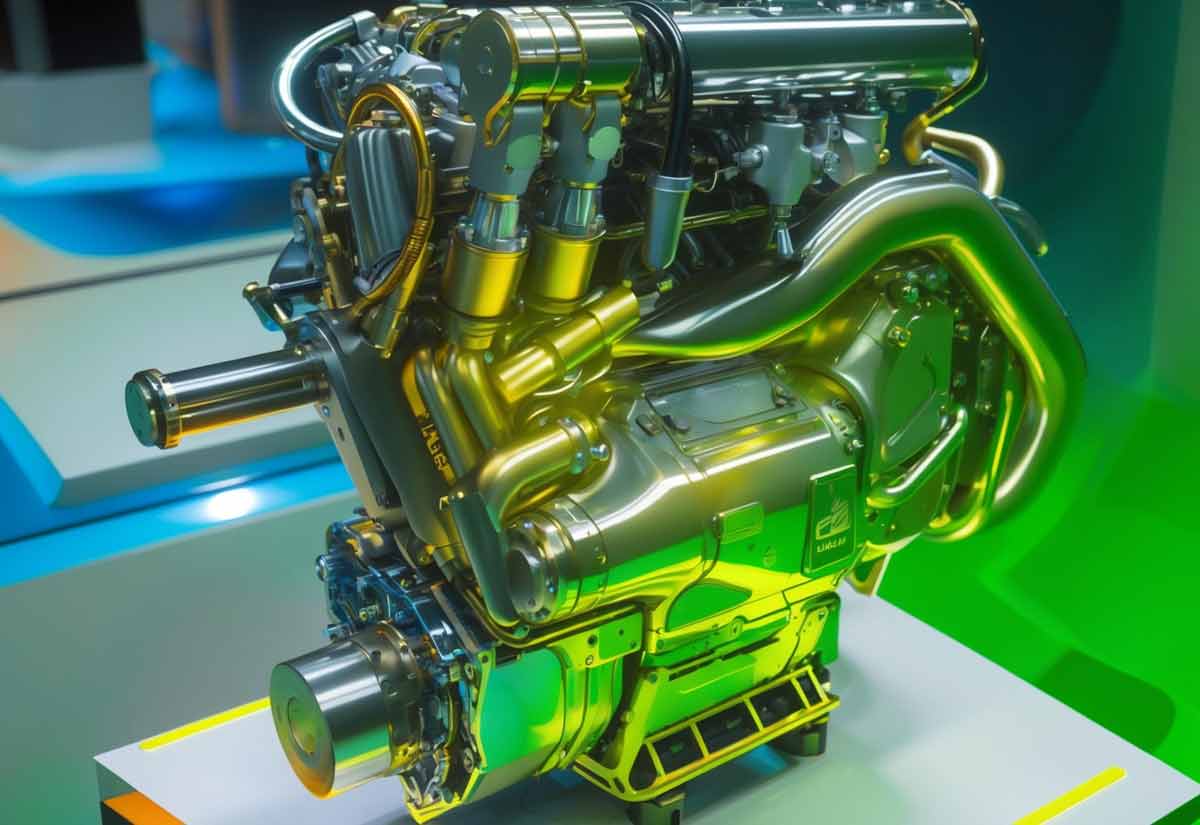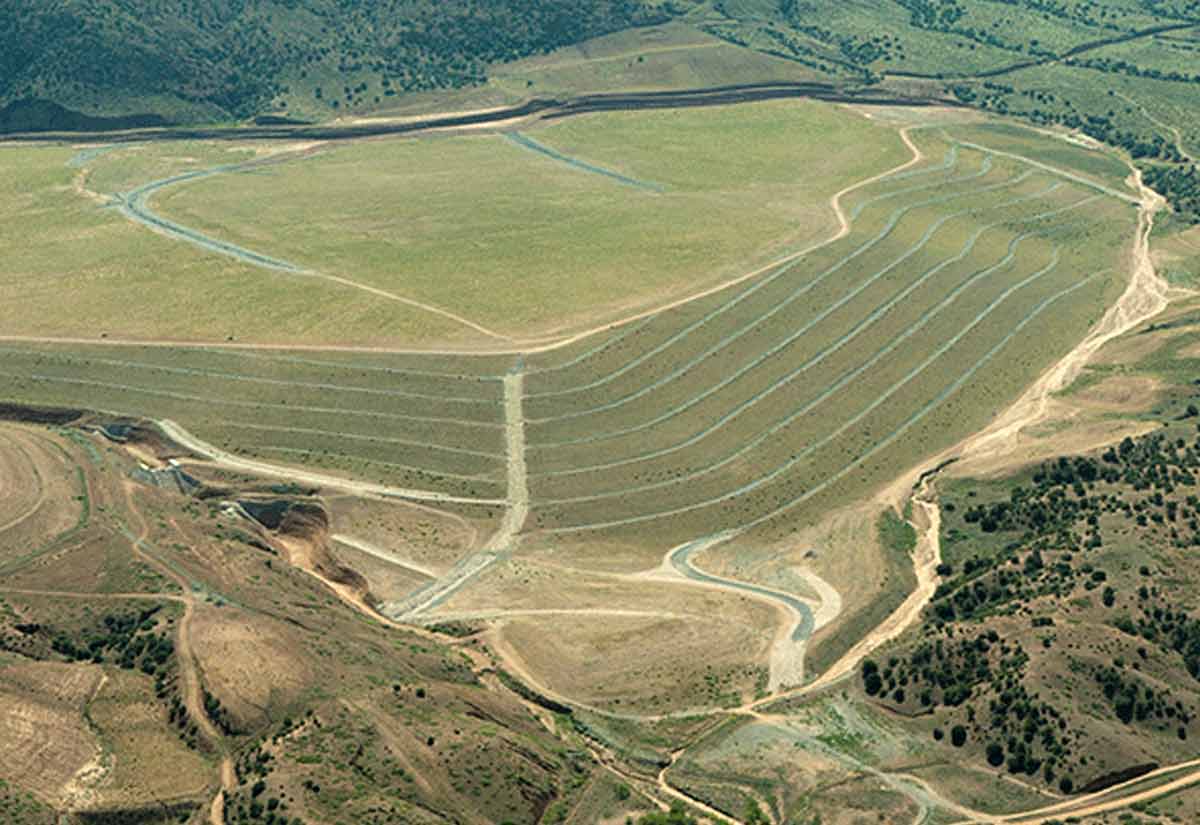“With each new pledge and plan to accelerate renewable energy deployment and build the homegrown electric auto industry of tomorrow, we are financing enormous mineral demand while doing little more than paying lip service to building the industrial base needed to supply it.”- Katie Sweeney-Billings Gazette
Crushing the Mining Industry In a Time of Soaring Demand
The “Reconciliation” package now working its way through Congress is one that can hardly be reconciled within the US mining industry. According to Katie Sweeney, Executive Vice President & General Counsel for the National Mining Association:
“The mineral demand on our doorstep is enormous and coming at startling speed.”
For an industry that already pays an astounding 40% to 50% in royalties and fees on US mining operations and production at the state and county levels, the new federal legislation would destroy “the viability of existing operations” and kill any incentives for investors to launch new domestic mining operations.
The House Democrat proposals tucked into the $3.5 trillion budget plan include hikes written by The House Natural Resources Committee (NHRC), which is chaired by Arizona Democrat Raul Grijalva. They were rejected by senators from both parties at a recent hearing, but the issues are likely to come up again as part of the bill’s markup procedures in the Senate.
A Taxing Situation For Essential Mineral Supply and Demand
Opposition from western senators on both sides of the aisle in mining states was inevitable when global lithium demand is projected to soar up to 40 times higher by 2040. Cobalt and nickel demand is anticipated to leap by at least 20-fold. Copper demand is expected to double and rare earth mineral demand will soar to unprecedented heights as the world seeks to meet ambitious green benchmarks by as early as 2030.
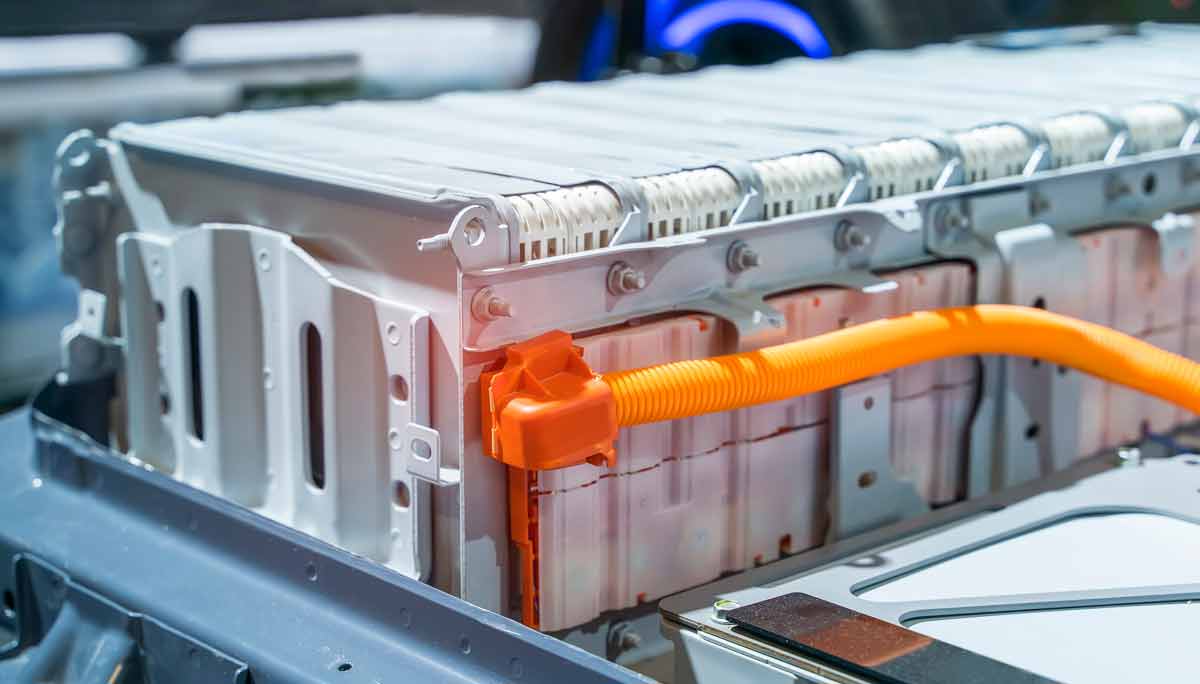
An Executive Order issued by the Biden administration just last week demands a minimum of 50% electric car production by that year. Ford Motors is ready with an $11 billion plan to introduce new EVs and lithium battery manufacturing in the US. The automaker’s head, Jim Farley, announced his zealous support for domestic mining that is essential for making the EV transition here in the US, as opposed to reliance on dubious mining operations and disrupted supply chains from other mining nations such as China:
“We have to bring battery production here, but the supply chain has to go all the way to the mines. Are we going to import lithium and pull cobalt from nation-states that have child labor and all sorts of corruption, or are we going to get serious about mining?”
The U.S. Department of Energy predicts that an all-EV transportation infrastructure in the U.S. could require more than double the current global lithium production.
All of the above could and should be a powerful enticement for new hard rock mining investment, but not if this fragment of the Biden Administration’s “build back better” agenda manages to squeak through Congress. The proposed hikes in the U.S House plan for new mining royalties include:
- Imposing an 8% royalty rate on new mines
- Enacting a 4% rate on existing operations.
- Levying a 7 cents-per-ton fee on material displaced during mining, a provision that Senate Republicans have accurately derided as “the dirt tax”.
The fast-tracking of these proposals as part of the reconciliation spending spree would only require a simple majority for passage in the Senate, and that led to the rejection at a hearing on October 5th, and triggered a split between Democrats in the east and those representing southwestern states where companies mine for gold, copper, lithium and other minerals.
And if royalty and fee hikes on the mining of essential REEs aren’t troublesome enough to the mining states, the methods of calculating those royalties has also come under fire.
Calculating Mining Royalties Nevada Style
Katie Sweeney of the National Mining Association is quick to point out that the organization strongly supports the use of royalty revenue to pay for abandoned mine cleanup programs, but the method of calculating those royalties based on gross production is unfair to the mining sector.
The processes involved from extraction to sorting and separating essential minerals from waste material, to making minerals available in the market are costly. Mining operations may be forced to operate at a loss when royalties are calculated based on gross production.
The solution is to calculate fees based on net production as the state of Nevada does. That would allow mining operations to account for the high cost of processing essential minerals. Any federal royalty system should be based on Nevada’s net royalty system, according to Rich Haddock, the general counsel of Nevada’s Barrick Gold Corp.
Nevada accounted for $4.2 billion of the $7 billion in nationwide hard-rock mining revenue that would be subject to royalties, according to the Congressional Budget Office. Nevada Democrat Catherine Cortez Masto, who said she objected to the House proposal because of its “unfair, outsized impact” on her gold-producing state, invited Haddock to explain the complex steps involved in getting hard-rock resources to market.
But logic and common sense failed to persuade eastern state Democrat Joe Manchin III of West Virginia and independent Angus King of Maine, both of whom questioned why hard-rock miners should pay no royalties on the value of the resources they extract from federal lands while oil, gas and coal developers do.
That led to the rebuttal from Republican Sen. Jim Risch of Idaho, who said comparing oil extraction and hard-rock minerals was analogous to comparing “apples and oranges.” Senate Republicans, including ranking member John Barrasso of Wyoming and Roger Marshall of Kansas, called for an overhaul of the permitting system. Their support for royalties would hinge on permitting reforms and legislation passed only outside of the “reconciliation” process.
Katie Sweeney summed up the situation for the mining industry in the conclusion of her article in the Billings Gazette:
“The U.S. is at a crossroads. We can embrace responsible, domestic production by American miners or dismantle it with counterproductive, punitive legislation. The choice should be abundantly clear.”
About Resource Erectors
When it’s time to mine for the essential human resources that keep your company productive, profitable, and competitive the choice is also abundantly clear. Resource Erectors brings decades of specialized heavy industry recruiting and placement experience for the mining industry and more. We match and place the top professionals in mining, engineering, construction materials, concrete, aggregates, tunneling, civil construction, and manufacturing.
If you’re an experienced professional in those industries we can match your talents with the industry-leading companies who need you today, so don’t hesitate to contact Resource Erectors when it’s time to move up the career ladder in your industrial field.
